|
|
|||||||||||||||||||||||||||
|
Qin Huai River, a branch of the great Yangtze River, is 110 kilometres (about 68 miles) in length and covers a drainage area of 2,631 square kilometres (about 1,016 square miles). The river was originally called Huai River, and it is said that the river was channeled to the city of Nanjing during the reign of Emperor Qin Shi Huang, so it was named Qin Huai River from then on. Qin Huai River is the largest river in the Nanjing City area and is the 'life blood' of the city. Qin Huai River is so fascinating that it captures the imaginations of people both at home and abroad.There are many famous sites of interest along the banks of the Qin Huai River , including Confucius Temple just 5 minutes away, Zhanyuan Garden, Zhonghua Gate, and the sights along the Taoye Ferry journey to Zhenhuai Bridge.Taking the painted boats to cruise on the Qinhuai River, visitors can not only admire the sights along the river but can also experience the traditional culture of Nanjing. Visitors can take boats at different wharfs to admire the scenery along the river. Free. 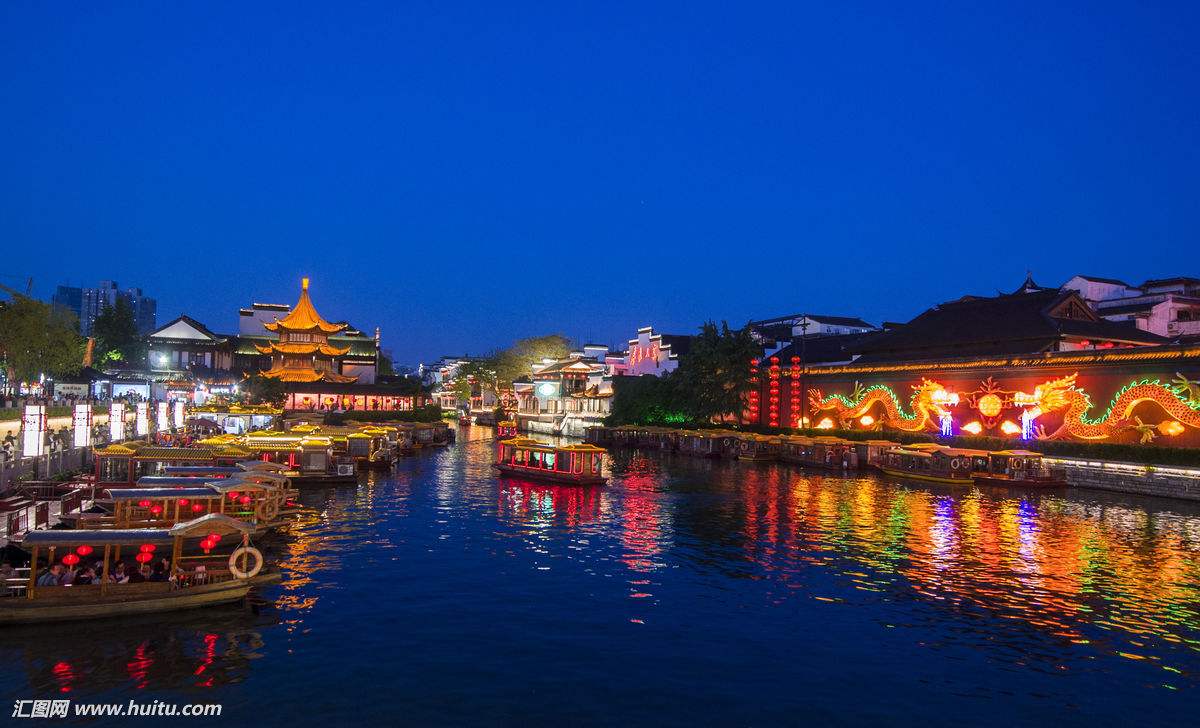

The City Wall of Nanjing was designed by Emperor Zhu Yuanzhang (r. 1368-1398) after he founded the Ming Dynasty(1368-1644) and established Nanjing as the capital 600 years ago. To consolidate his sovereignty and keep out invaders, he adopted the suggestions of advisor Zhu Sheng to build a higher city wall, to collect grains and to postpone the coronation. Then, he started to build the city wall. It took 21 years for the project, which involved 200,000 labourers to move 7 million cubic metres of earth. 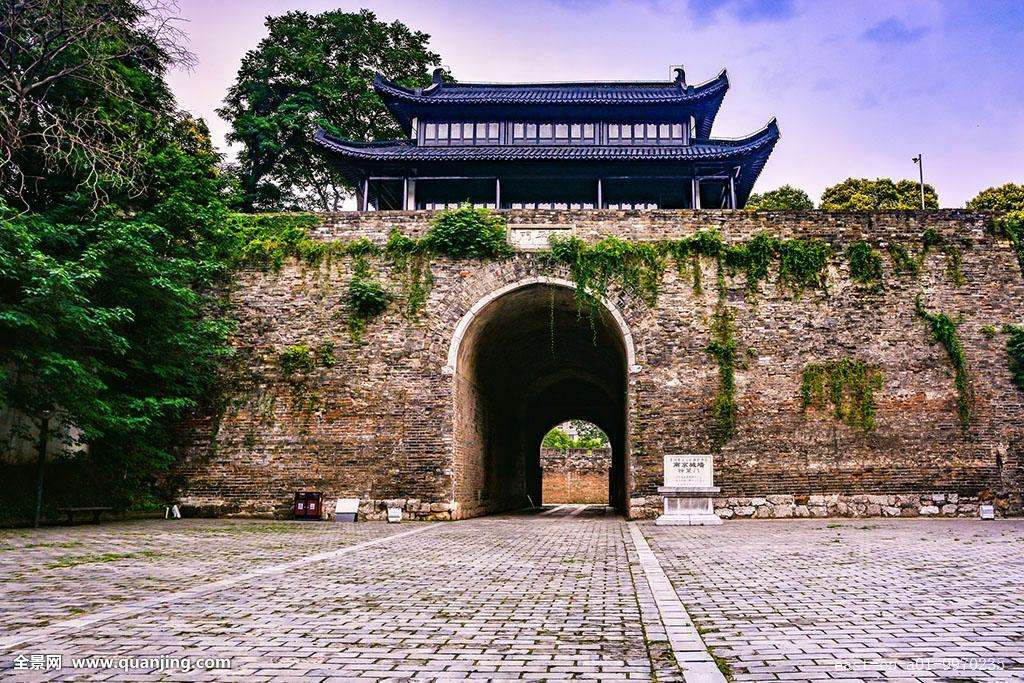
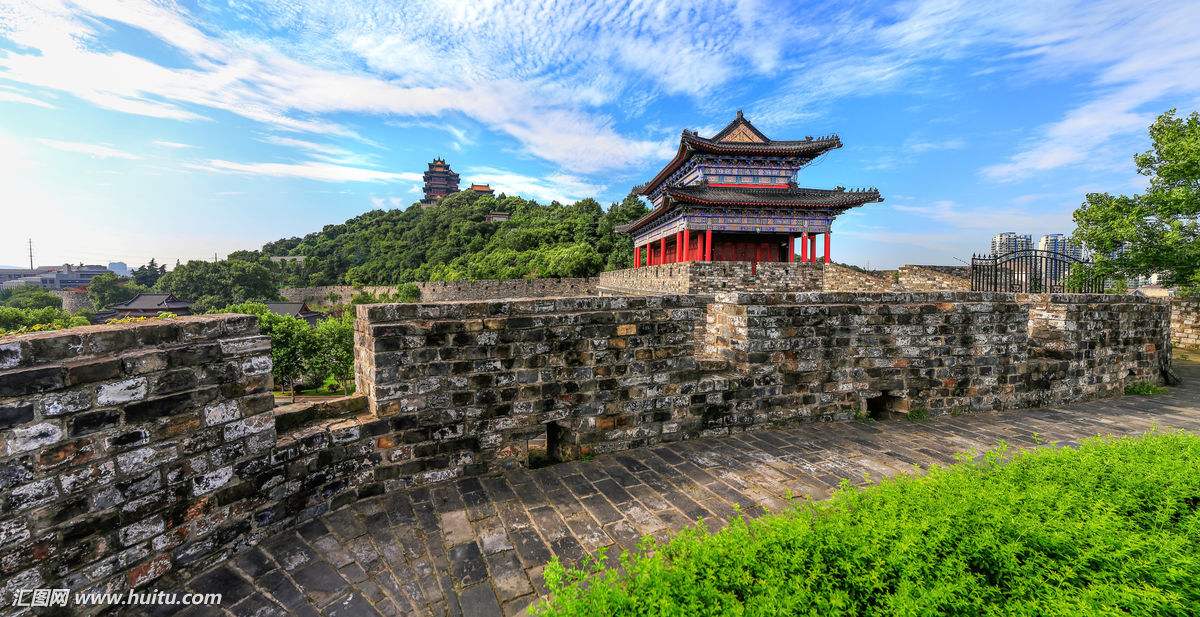
Once an imperial examination testing centre for the entire Jiangsu region, this museum comprises a tiny fraction of the once-massive original buildings. The rest of the site is a massive, labyrinthine market; a top tourist attraction and a place where you can get all your haggling out of your system. Get your picture taken with the Confucius sculpture and grab some tea on one of the gondolas on the canal. On the southern side of town next to Zhonghua Gate and the Taiping Museum. Free. 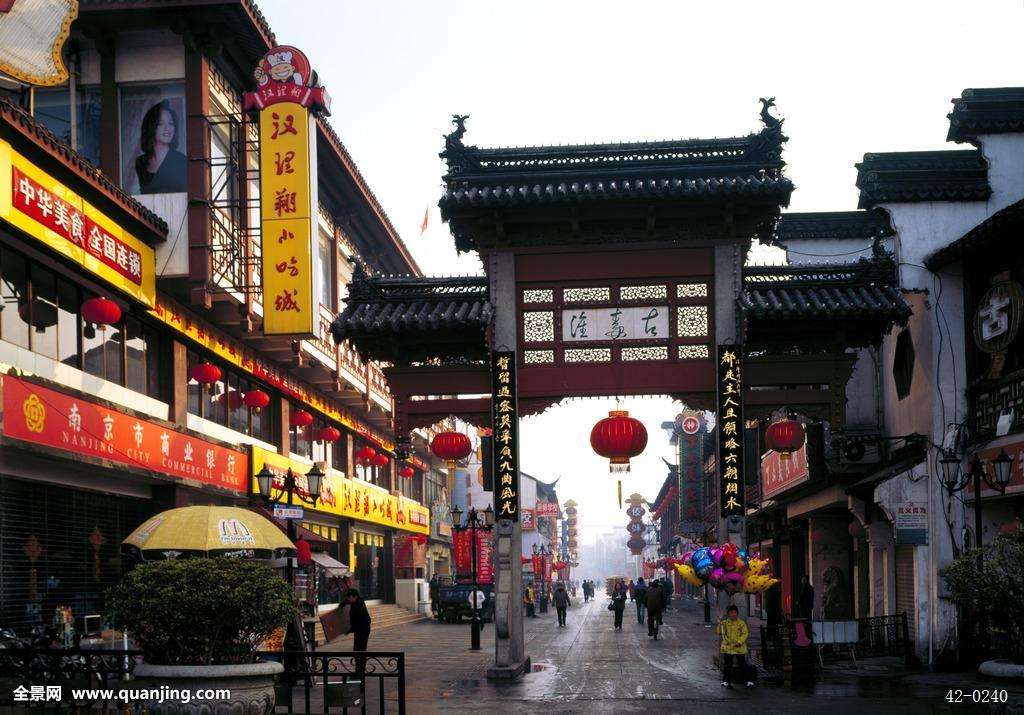

ZhongshanDong Lu (Directly above Minggugong subway station on line 2). The palace was built by the first Ming Emperor in 1366 and originally stretched 2.5km in length. It was completely destroyed in the Qing Dynasty and what remains today barely hints at its size. In the tree shaded southern half are the small section of wall holding the huge arches of the Meridian Gate, five stone 'Outer Dragon' bridges and a array of megaliths, some baring fragments of carvings. The site was effectively a prototype of Beijing's Forbidden City as the layout was copied by the first Ming Emperor's son when he moved the capital northwards in 1421. Free. 
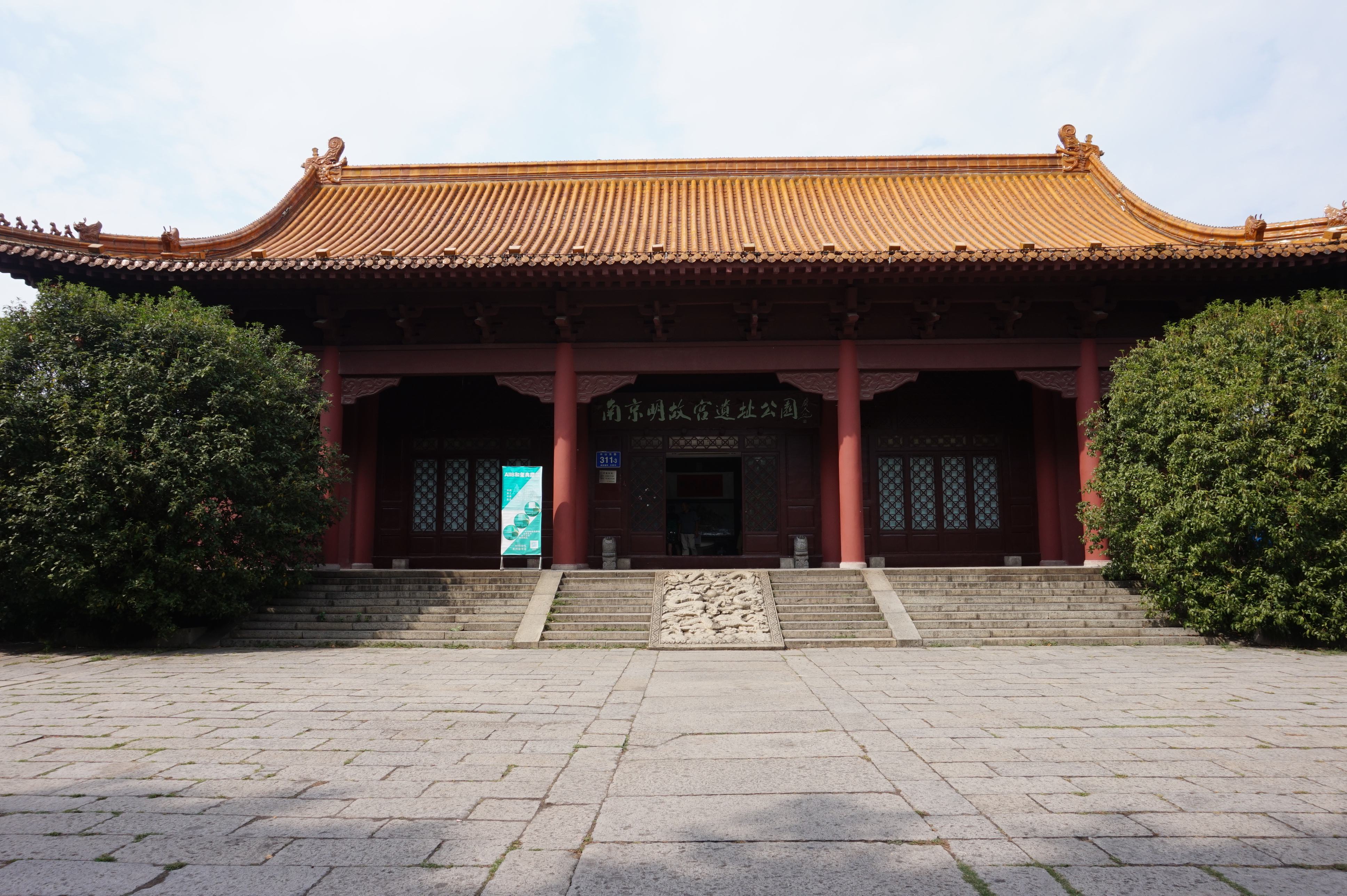
321 ZhongshanDong Lu (Next to Zhongshan Gate). Eleven exhibition halls display a mixture of poetry, bronzes and silk artefacts interspersed with cultural displays. Worth pondering over are a jade burial suit and an arched door from the Ming era Porcelain Pagoda. A great place to spend humid or rainy days. Free. 
292 Changjiang Lu. Spend a day exploring the headquarters of past emperors and the Nationalist government. The Palace includes the former offices of many top governmental officials, including Chiang Kai-shek and Sun Yat-sen, as well as the former residence of Sun Yat-sen. It is one the few places in mainland China where the flag of the Republic of China still flies. Informational placards around the palace are printed in four languages. ¥40. 
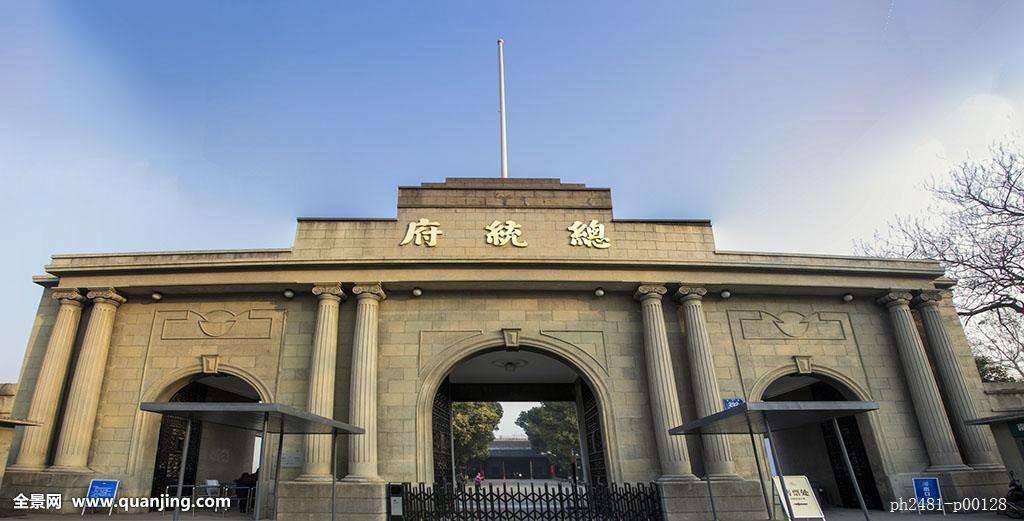
The Ming Xiaoling Mausoleum is the tomb of the Hongwu Emperor, the founder of the Ming dynasty. It lies at the southern foot of Purple Mountain, located east of the historical centre of Nanjing, China. Legend says that in order to prevent robbery of the tomb, 13 identical processions of funeral troops started from 13 city gates to obscure the real burying site.The construction of the mausoleum began during the Hongwu Emperor's life in 1381 and ended in 1405, during the reign of his son the Yongle Emperor, with a huge expenditure of resources involving 100,000 labourers. The original wall of the mausoleum was more than 22.5 kilometres long. The mausoleum was built under heavy guard of 5,000 troops. ¥70. 
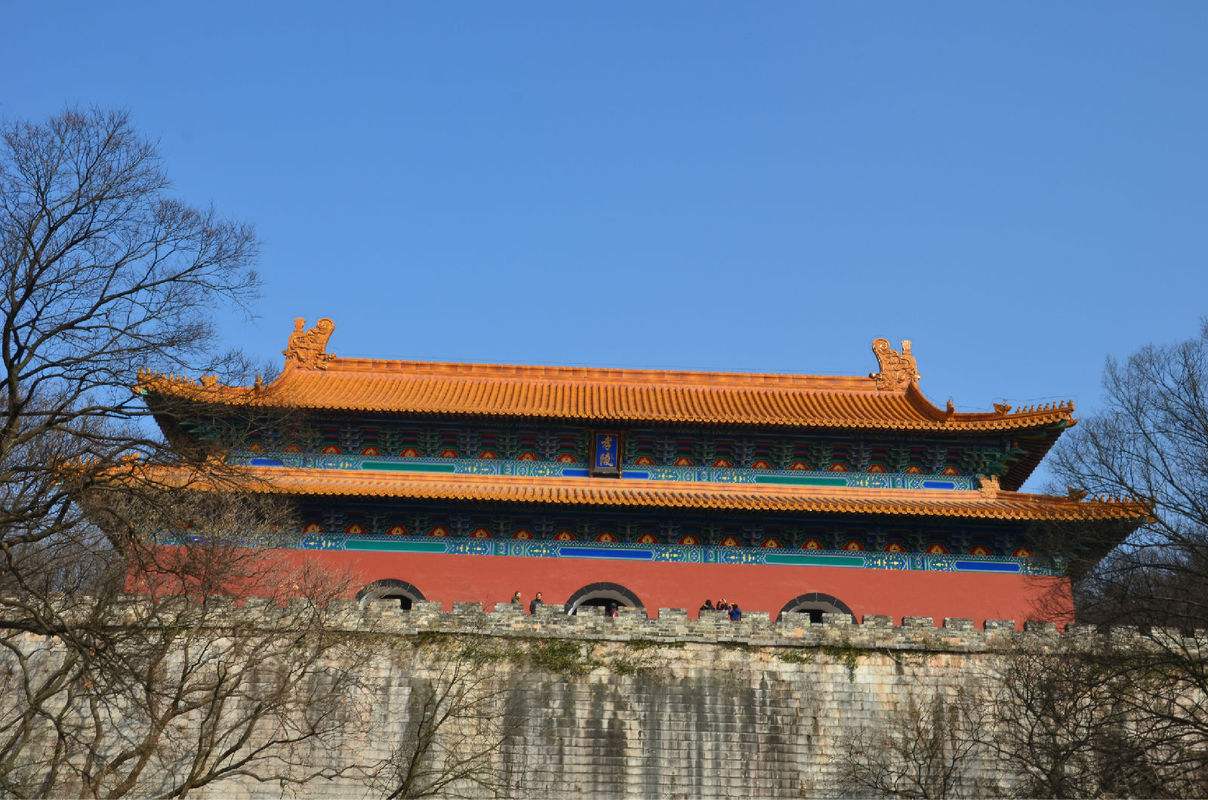
The Dr. Sun Yat-sen's Mausoleum is situated at the foot of the second peak of Mount Zijin (Purple Mountain) in Nanjing, China. Construction of the tomb started in January 1926, and was finished in spring of 1929. The architect was Lu Yanzhi, who died shortly after it was finished. Free. 
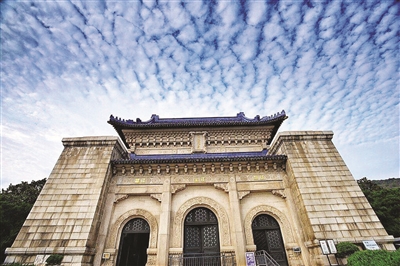
|
||||||||||||||||||||||||||
